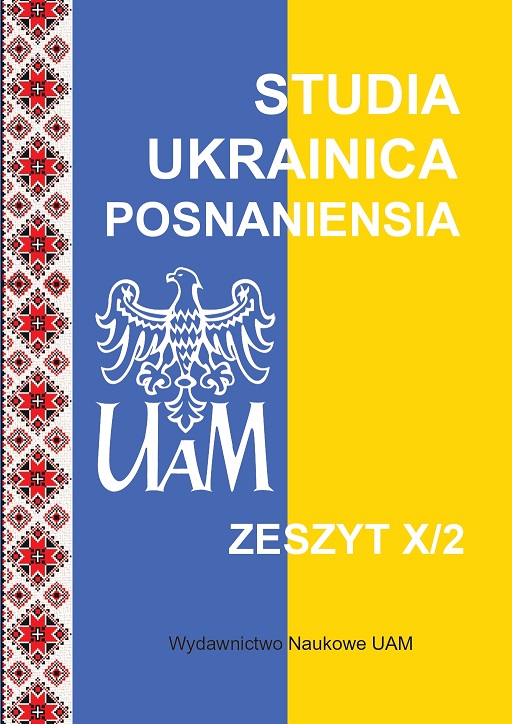ЕТНООБРАЗИ ЯК РЕПРЕЗЕНТАНТИ РЕЛІГІЙНОГО КОДУ В РОМАНІ ВАСИЛЯ МАХНА ВІЧНИЙ КАЛЕНДАР
ETHNOIMAGES AS REPRESENTATIVES OF THE RELIGIOUS CODE IN VASYL MAKHNO`S NOVEL THE ETERNAL CALENDAR
Author(s): Olha DemchukSubject(s): Language and Literature Studies, Sociology of Literature
Published by: Uniwersytet Adama Mickiewicza
Keywords: imagology; own/other; ethnocultural borderland; heteroimage; autoimage; geocultural and decoration imago
Summary/Abstract: The article deals with the ethnoimages in Vasyl Makhno`s novel The Eternal Calendarwith the help of the dominant imagological method. The study focuses on issues relevant in the era of globalization of the interaction between own and other within the limits of the topos presented in the text. The article investigates the religious images that form a certain archetypal code in the representation of each ethnic image. The study also analyzes the religious code role and functions in the author`s image creation process. It considers the context of the ethnocultural borderland as the space in which different other nations function, where their cultural boundaries were set in the light of the historical and political background of events developed in the novel The Eternal Calendar. The research examines the interaction between Ukrainians’ self-image and the heteroimages of Armenians, Jews, Poles and Ottomans in its religious aspects and does so within the polyphony of borderlands. The article proves that the leitmotif of Vasyl Makhno`s novel is an invisible ideological confrontation between representatives of certain faiths, which is most vividly represented in the apocalyptic codes of the epic about the Messiah.
Journal: Studia Ukrainica Posnaniensia
- Issue Year: 10/2022
- Issue No: 02
- Page Range: 17-28
- Page Count: 12
- Language: Ukrainian

